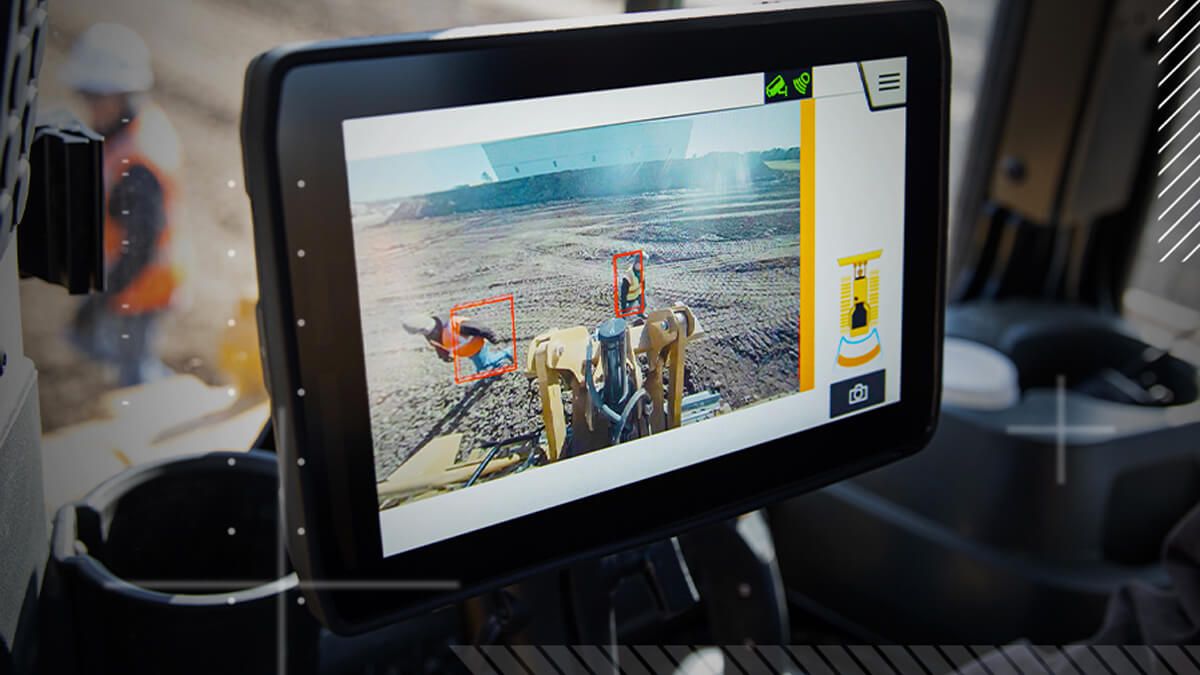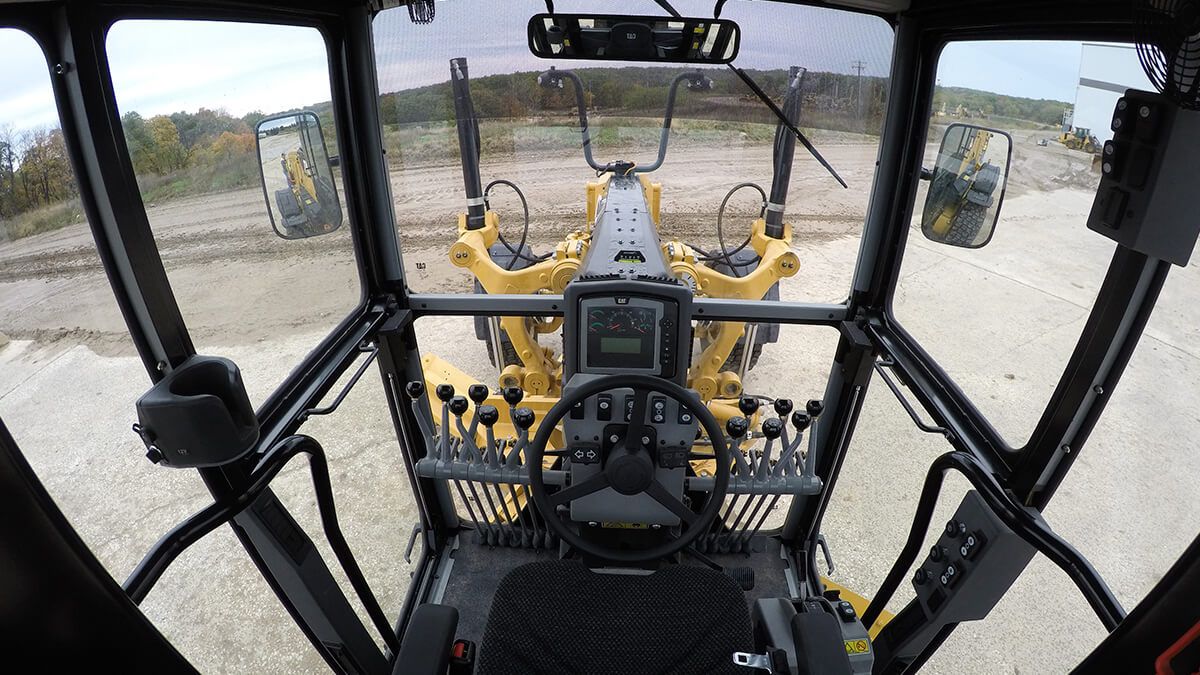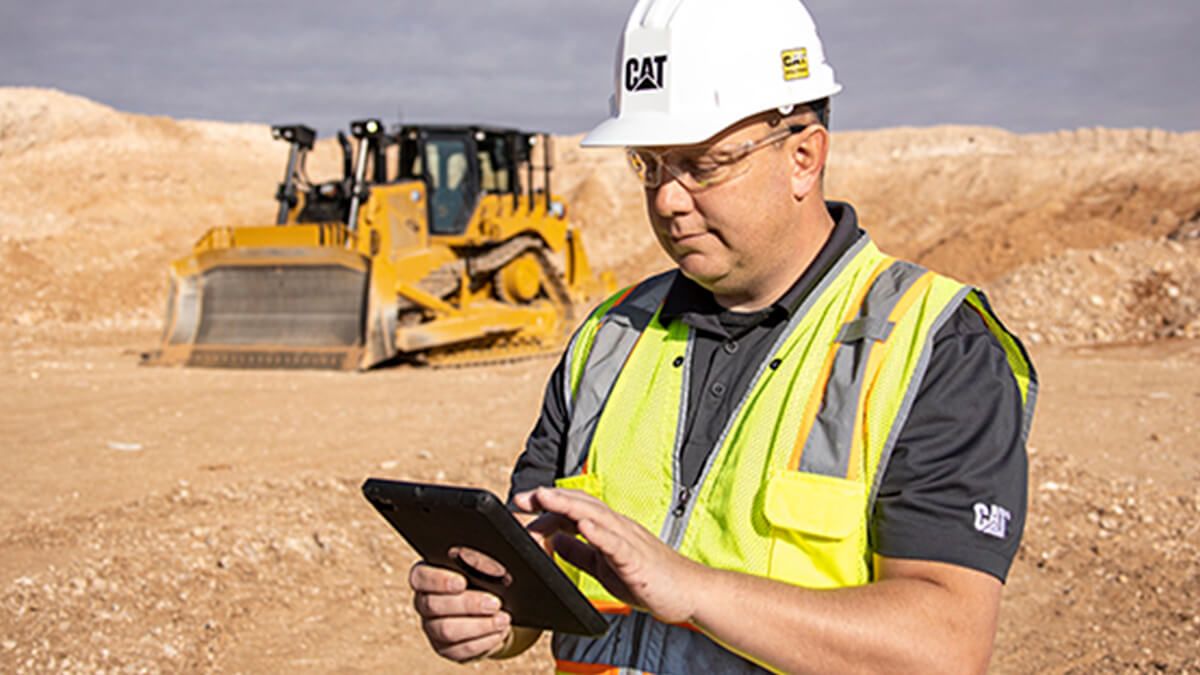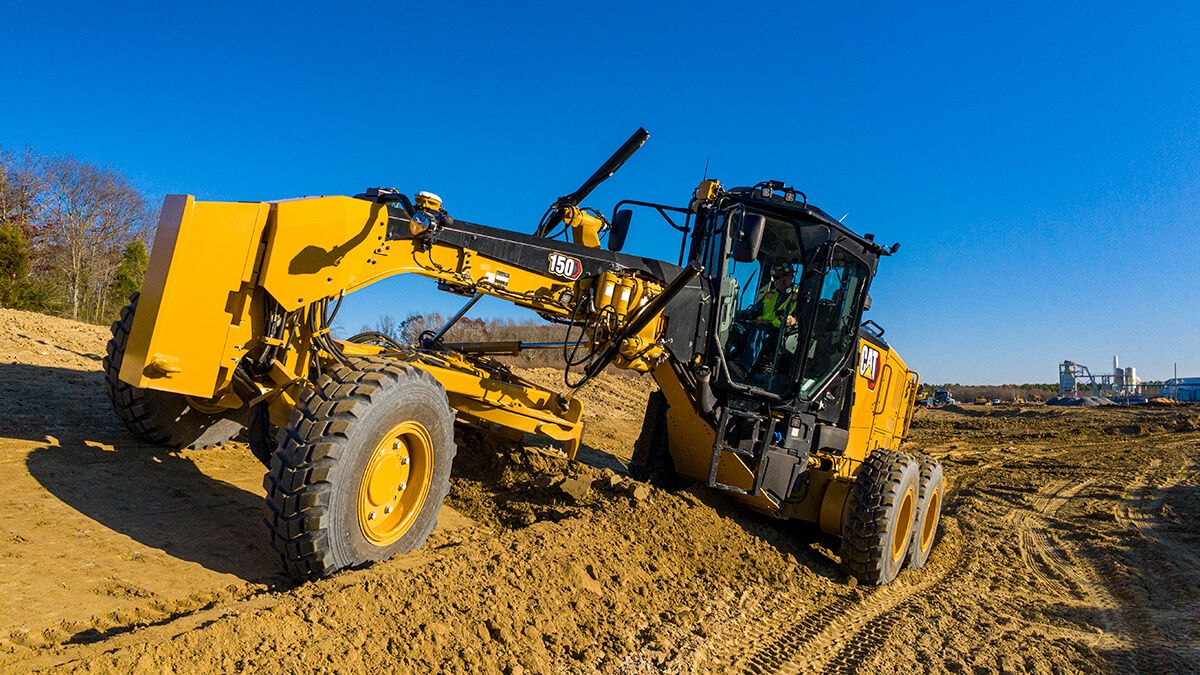3. Winging down slope
This maneuver moves snow down a slope or ditch and places it as far as possible from the road surface. This reduces the chance of moisture from melting snow softening or damaging the road surface, lessens front end sliding and helps prevent the machine from getting stuck should the rear slide toward the ditch. To accomplish this,
a. Place the wing toe at road shoulder height and lower the heel to match the slope.
b. Deposit material away from the travel surface.
c. Use a slower ground speed, crab mode and articulation, and place the front wheels 24-30 inches (61-76.2 cm) from the shoulder.
d. Place the tandems at the shoulder line.
Wing angles are adjustable by the rear strut from approximately 30 to 45 degrees. Use the 30-degree wing angle and articulation to counteract the side draft on the machine. This will also reduce wing cutting width.





